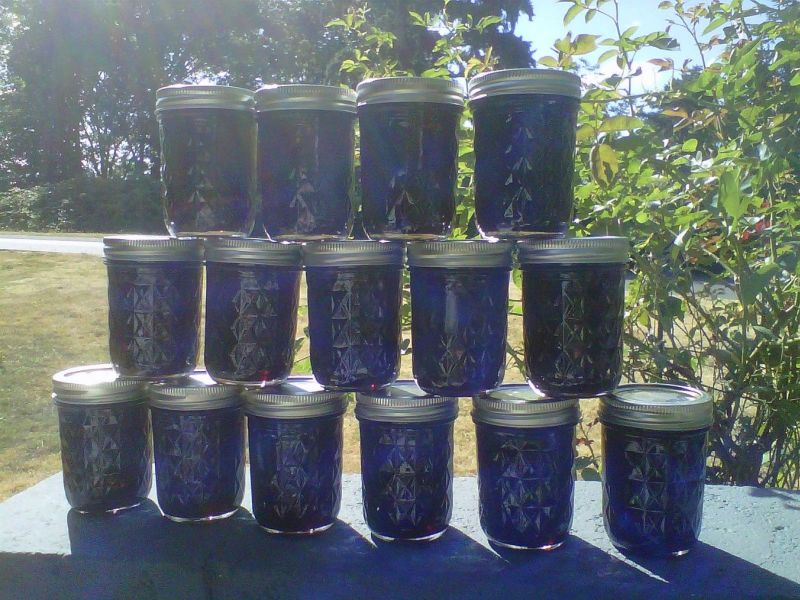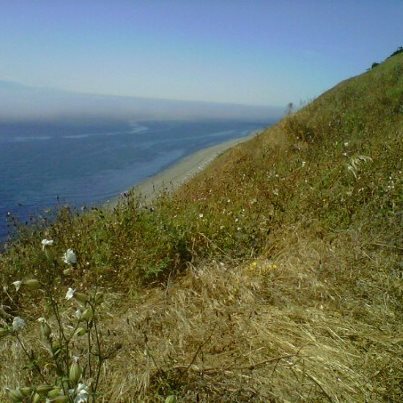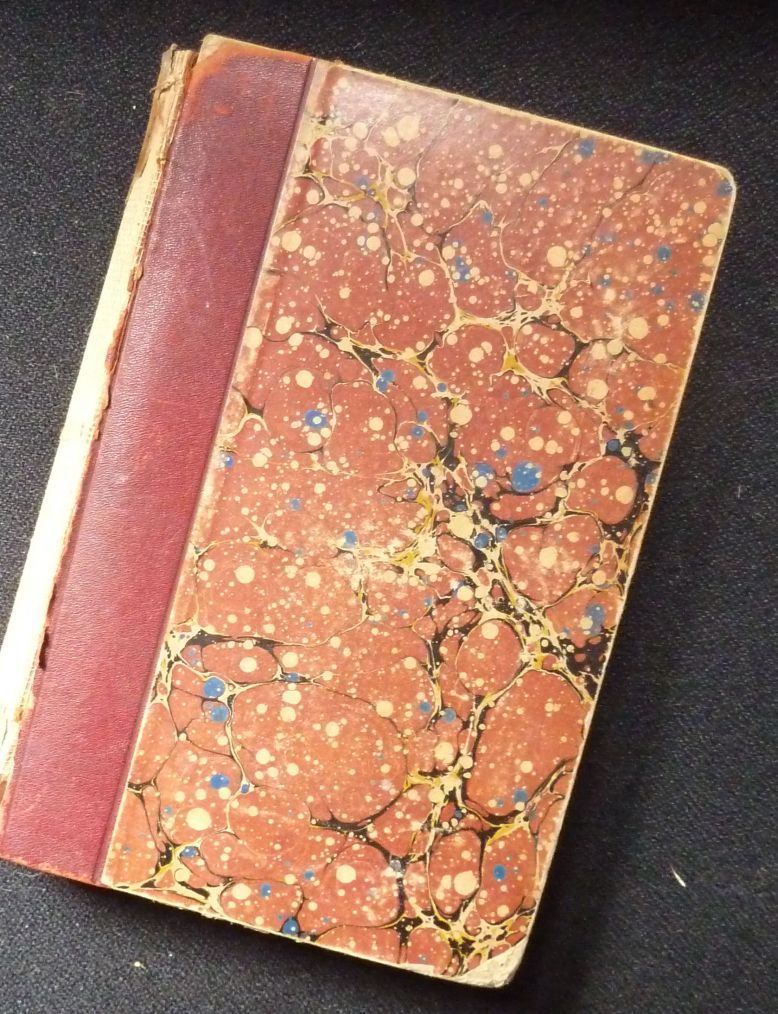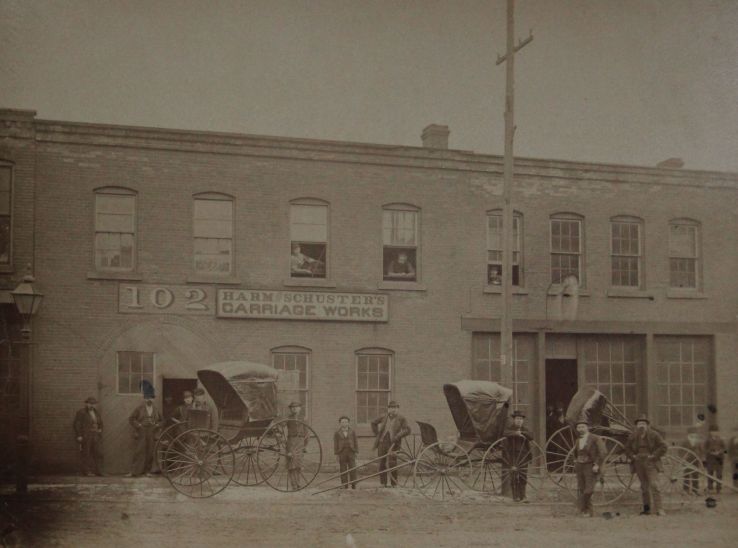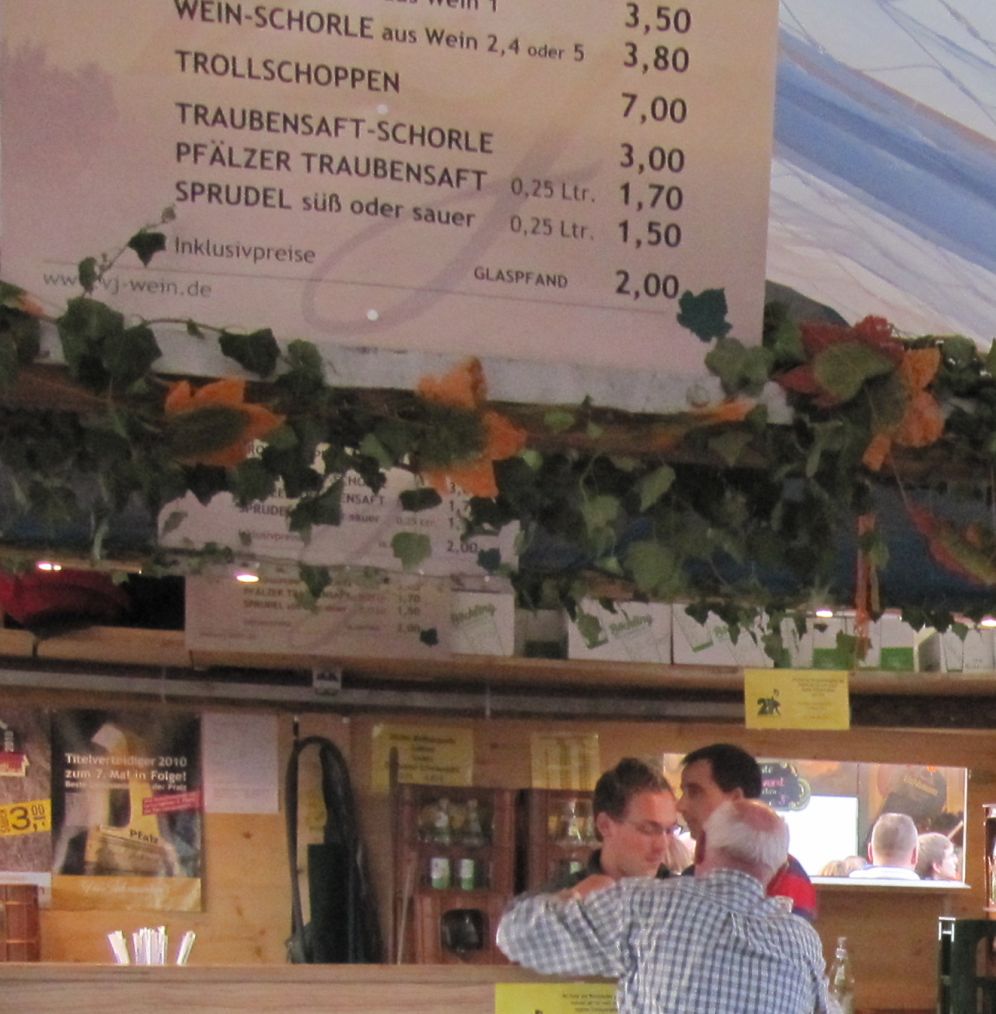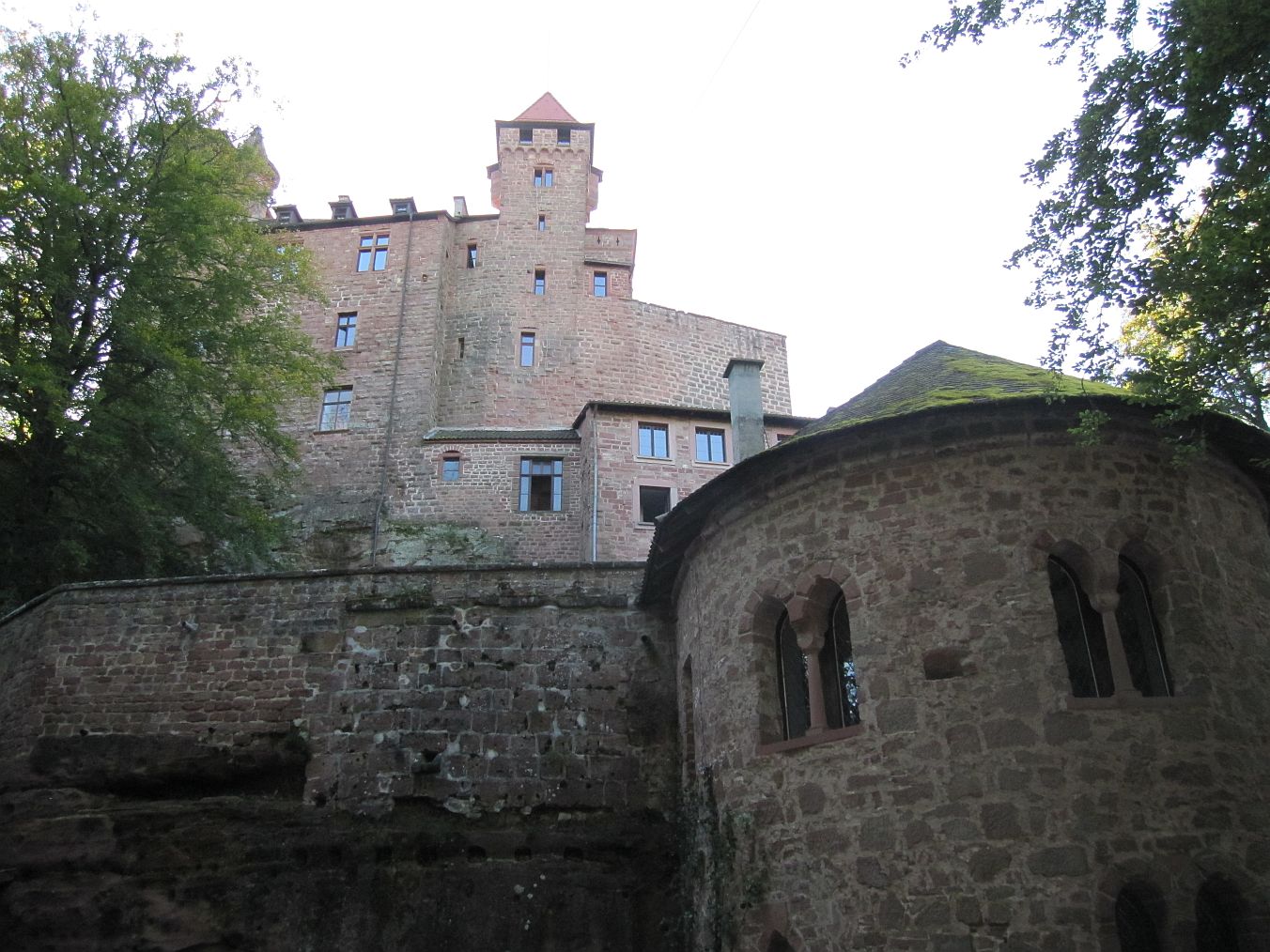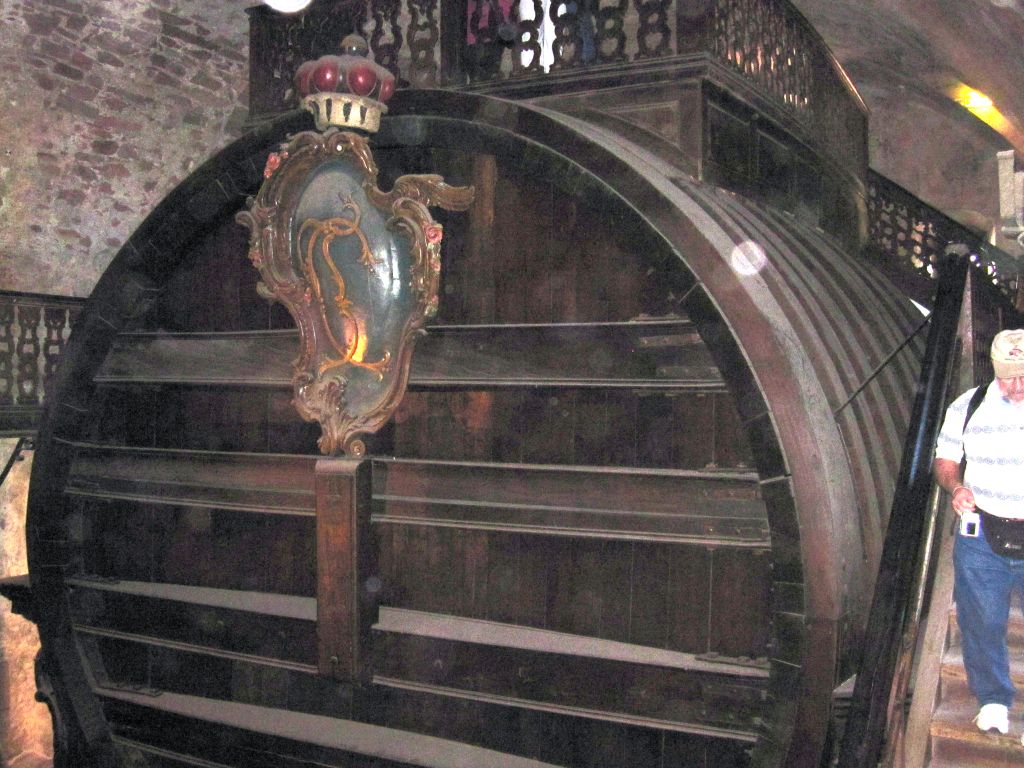I’ve been a customer of Island Books for decades. I can walk in the door, say something inane like “I’m looking for a book called Botany of … something-I-can’t-remember“? and Marni at the front desk will march over to the shelf, pull out Pollan’s Botany of Desire and plunk it on the counter in front of me. It’s uncanny, and it’s wonderful.
The other day I ventured to ask the owner, Roger Page, for his advice about whether or not my book would sell. He looked at me with a kind gaze.
“Have you finished writing it?” he asked.
“Yup.”
“Well, congratulations. Most people don’t get that far. Now for the bad news. You’re only a third of the way. Step two is finding a publisher, and step three is selling it.”
I nodded mutely. I knew that, but hearing it come from Roger, I knew it all over again.
“The most important thing for you to do now,” he went on, “is to get your pitch figured out. Memorize it, so it will trip off your tongue wherever you are.”
Thanks, Roger. Here, for all the world to see, I’m making a first attempt at a “book jacket spiel.” What do you think?
Harm’s Way: A Blacksmith’s Journey
Harm’s Way is a novel of historical fiction that tells the compelling story of MICHAEL HARM, an immigrant blacksmith who travels in the year 1857 from a rural village in the German Rhineland to Antebellum Cleveland, seeking frontier wilderness, liberty, and a better life, wholly unprepared for what he finds—rioting in New York, prohibitionist and anti-immigrant sentiment in Cleveland, and an Ohio wilderness fast being overrun by industrial enterprise. Apprenticing as a blacksmith under his uncle, a brutal taskmaster, Michael survives inspired by rags-to-riches accounts such as that of Abraham Lincoln, then-candidate for president. As the Civil War heats up, Michael and other wagon-makers crank out wagons for the Union Army. He wins the heart of American born Elizabeth Crolly and bets his future on a small, family-run carriage works. During Cleveland’s Gilded Age, against stiff competition from large carriage factories, he dedicates every moment to keeping his business, and the artisan craft of wagon-making, alive as a legacy for his children. Near the end of his life, as the horseless carriage threatens to close his shop for good, and his adult children are turning their backs on their German heritage, Michael must face whether he has succeeded in his quest, or devoted his entire life to a failed ideal.

